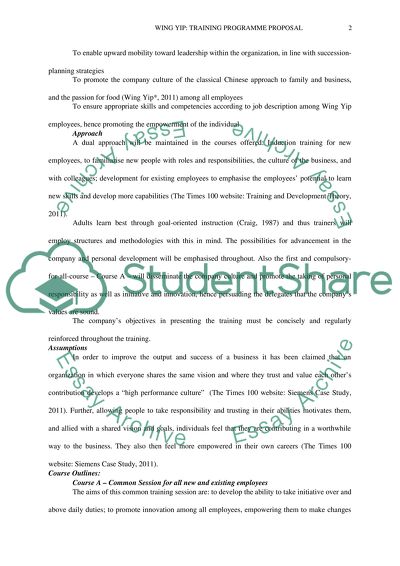Cite this document
(“Proposal- a training programme for Wing Yip Dissertation”, n.d.)
Retrieved from https://studentshare.org/other/1424896-proposal-a-training-programme-for-wing-yip
Retrieved from https://studentshare.org/other/1424896-proposal-a-training-programme-for-wing-yip
(Proposal- a Training Programme for Wing Yip Dissertation)
https://studentshare.org/other/1424896-proposal-a-training-programme-for-wing-yip.
https://studentshare.org/other/1424896-proposal-a-training-programme-for-wing-yip.
“Proposal- a Training Programme for Wing Yip Dissertation”, n.d. https://studentshare.org/other/1424896-proposal-a-training-programme-for-wing-yip.


